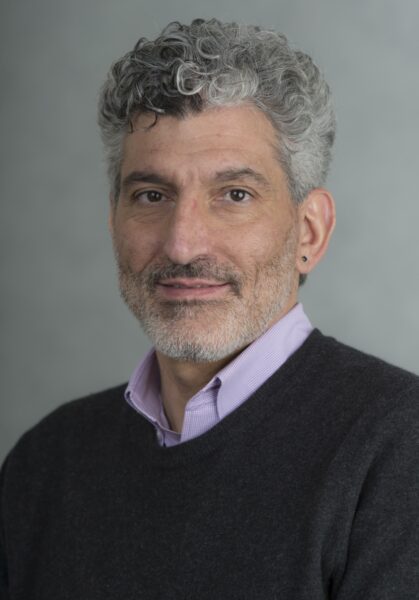
The repetitive thoughts and behaviors that disable many patients with obsessive compulsive disorder [OCD] have been traced back to hyperactivity in parts of the brain essential for making decisions and taking action. But exactly what is happening at a molecular level in these parts of the brain remains a mystery. Even basic information about which genes are abnormally turned on or off in patients is lacking.
“It’s been a very understudied disease,” explained Susanne Ahmari, M.D., Ph.D., assistant professor and director of the Translational OCD Laboratory at the University of Pittsburgh. But Dr. Ahmari— with the help of a 2017 BRF Seed Grant— aims to change that.
Brain Research Foundation shares my vision as a researcher to try to accelerate mental health advancements through neuroscience.
The support is crucial as Dr. Ahmari, who joined the University of Pittsburgh in 2013, establishes herself as a translational researcher. She has already built a reputation as a successful scientist studying OCD-like symptoms in mice and the molecular changes in the brain that underlie them. Now, she’s also tapping into her strengths as a physician and a practicing psychiatrist to simultaneously study the disease in humans.
“Straddling that interface between basic and clinical neuroscience—especially when you are a new investigator—is pretty risky,” she explained.
With BRF’s support Dr. Ahmari tapped into the University of Pittsburgh’s collection of brain tissue and its staff’s expertise to carefully map all the genetic changes in people with OCD. She planned to study if these same genetic changes occur in strains of mice with OCD-like symptoms.
“I’m not sure I would have been able to initiate the project without it,” she said. She explained that her lab had generated some exciting preliminary data prior to getting the BRF grant, but it wasn’t enough data to apply for a traditional grant through the National Institutes of Health.
Dr. Ahmari and her team planned to use a cutting edge technique called optogenetics to hyperstimulate select groups of brain cells or neurons in mice and observe whether it causes OCD-like behaviors in the animals.
“You can turn neurons on and off by delivering light through a fiber optic probe implanted in the mouse brain,” she explained.
The results will provide new insights on how repetitive behaviors emerge. This may contribute to the development of new treatments not just for OCD, but for other neurologic and psychiatric diseases. Dr. Ahmari explained that diseases like autism, drug addiction, and Parkinson’s all involve repetitive behaviors. So it’s possible that similar treatments may help reduce repetitive behaviors across different diseases.



